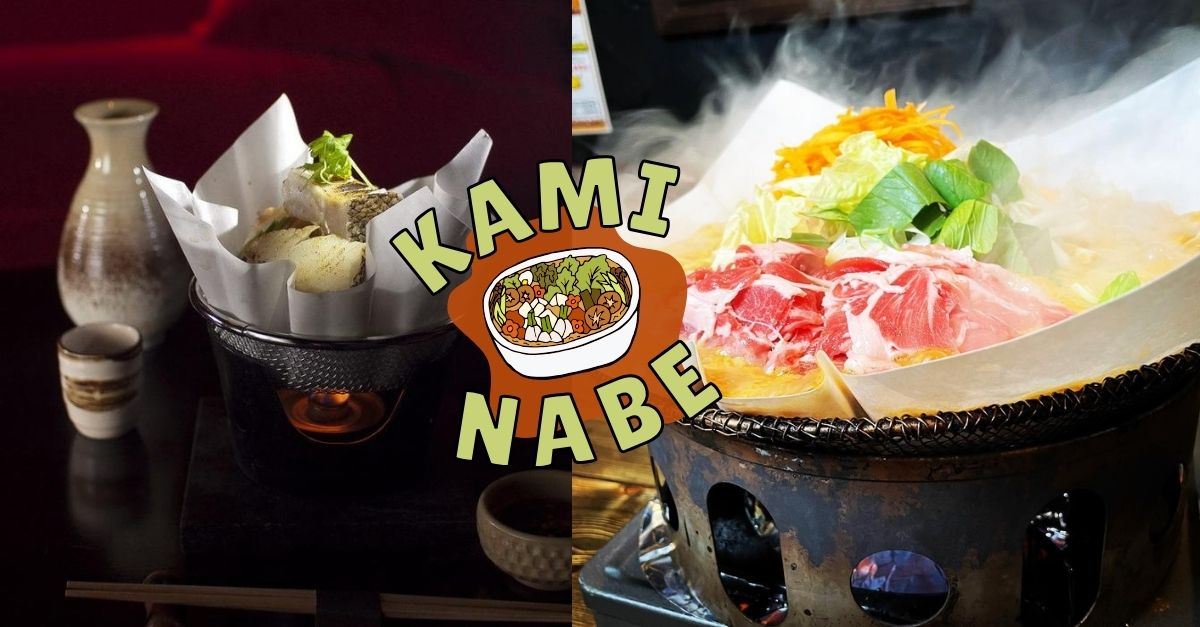No products in the cart.
[Hướng Dẫn Nấu Yose Nabe (lẩu Yose) Nhật Bản, Kinh Nghiệm Hay] Lẩu Yose, hay còn gọi là Nabe Yose, là một món ăn truyền thống Nhật Bản với hương vị đậm đà, ấm nóng, là lựa chọn tuyệt vời cho những bữa ăn gia đình hay tụ họp bạn bè vào mùa đông. Món […]

